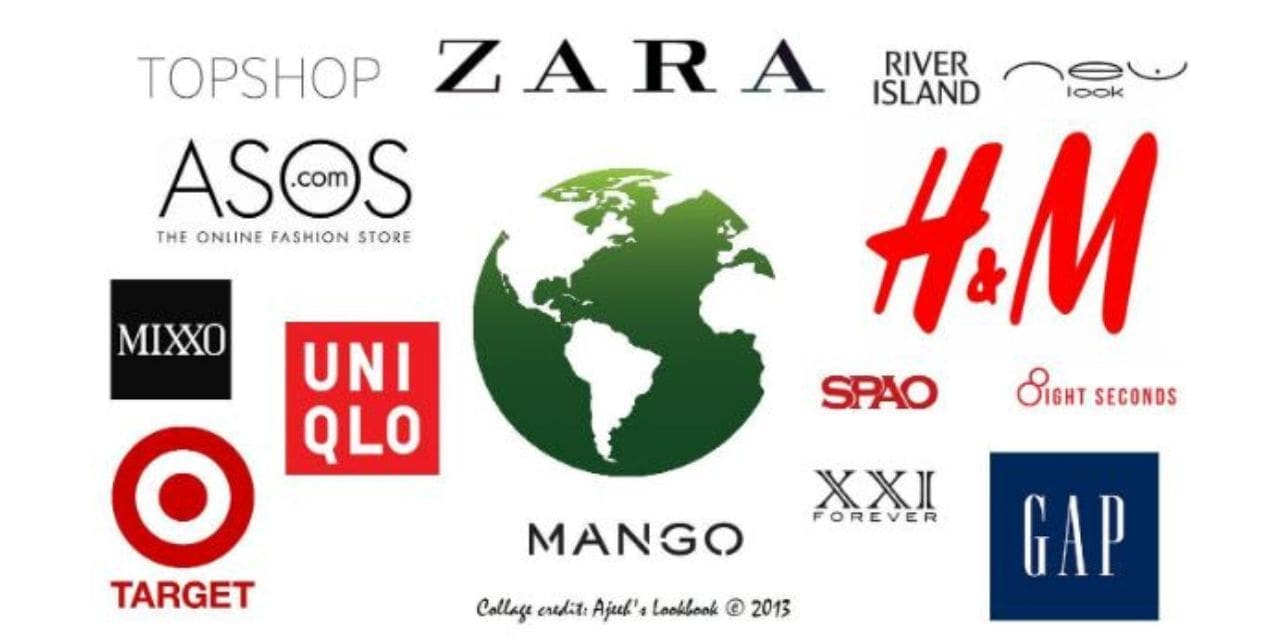Global apparel and fast fashion brands have managed to capture the attention of young customers, defying the market’s overall slowdown in demand for discretionary products. In FY23, these brands recorded impressive sales growth rates ranging from 40% to 60%. Swedish fashion retailer H&M and its rival Zara reported a 40% increase in sales, while Japanese brand Uniqlo saw a remarkable 60% surge. Similarly, Levi Strauss and Marks & Spencer, the American denim maker and British brand, respectively, posted a 54% sales increase.
According to the Registrar of Companies, these top brands and Dubai-based department store Lifestyle International recorded nearly $2.6 billion in combined annual revenues. This figure more than doubled the $1.1 billion generated in FY21, reflecting international brands’ strong momentum and aspirational appeal.
Industry experts attribute these brands’ success to several factors. Firstly, consumers are becoming increasingly brand-conscious, giving global brands a natural advantage. Additionally, these brands have yet to saturated the market and can invest in expanding their reach. They are also skilled in managing unsold inventory and offering attractive discounts, which smaller competitors need help with.
Moreover, the brands’ focus on e-commerce was crucial to their revenue surge. E-commerce sales accounted for over 25% of their total sales despite facing fierce competition from local and global rivals in the crowded market. Over the past two years, sales growth for most retailers has been driven by competitive pricing rather than volume or actual demand.
The fashion retail segment has been grappling with a demand slowdown since January last year due to inflationary pressures. According to the Retailers Association of India, retail growth gradually decreased from 9% in August and September to 7% in October and November.
However, the strong performance of these brands indicates that consumers are shifting their spending towards experiences, holidays, and big-ticket purchases. Retailers with suitable product offerings and attractive prices continue to thrive, regardless of the brand’s global or local origin.
Industry insiders believe that the current fiscal year has been challenging but expect a recovery in the next fiscal year due to election spending and improved sentiment. With rising disposable incomes, India, as the world’s second most-populated country, remains an enticing market for aspirational apparel brands, offering significant opportunities for growth.

